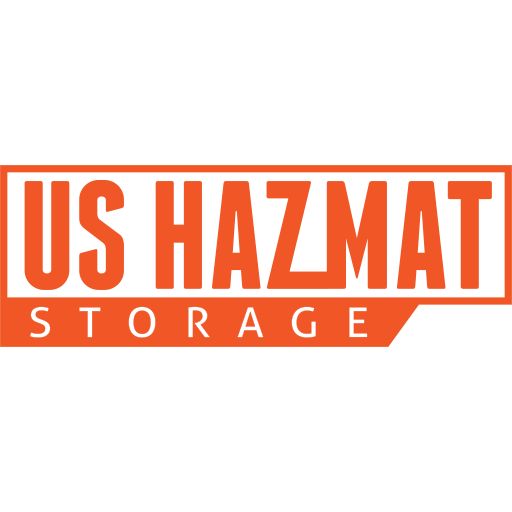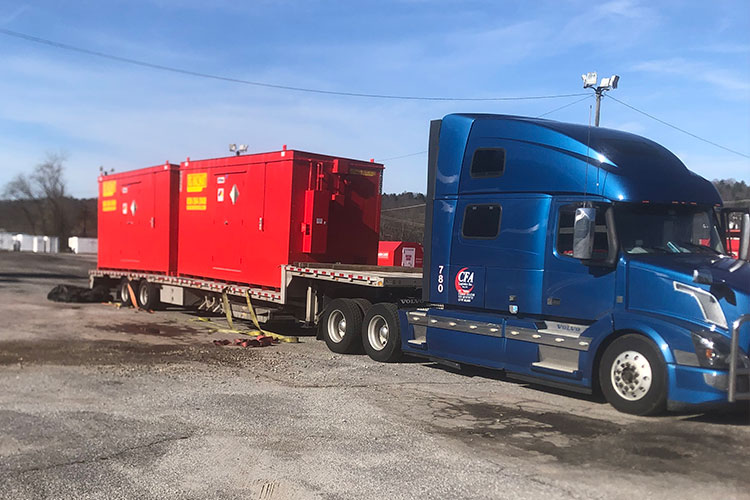Ammonia continues to buoy modern manufacturing as versatile component in all stages of production. Without this basic building block, crops would stagnate and crop yields would plummet to near famine conditions. As an essential building block, ammonia can take many forms and is stable enough for a wide range of applications, including cleaning, refrigeration, drug manufacturing and fertilizer production. Like a powerful precursor, ammonia can be highly unstable and pose secondary and tertiary risks if not properly stored. Invest in industry-leading fire protection from U.S. Hazmat Storage to ensure EPA and OSHA compliance.
What is Ammonia Used For?
Ammonia Storage in Fertilizer and Crop Production
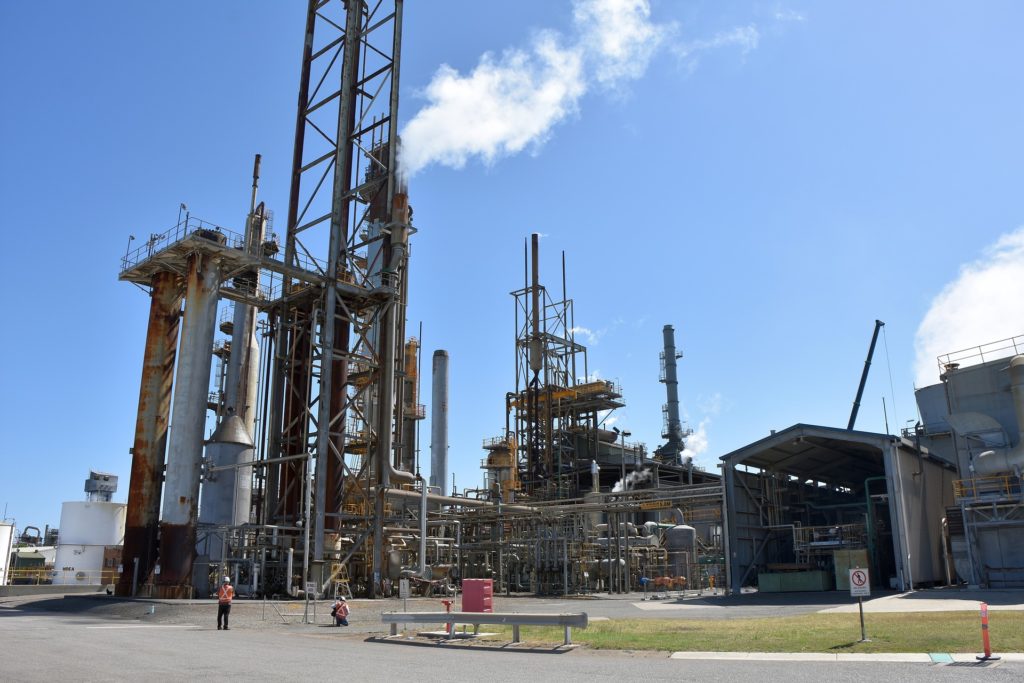
As a colorless gas, ammonia’s presence is modern manufacturing is subtle at best. In agriculture, ammonia is is most commonly used ammonium nitrate fertilizer. In fact, approximately 90 percent of the ammonia used in industrial settings can be found in fertilizer. This vital building block plays a key role in replenishing soil nutrients to ensure future bountiful harvests. Ammonium nitrate is a venerable powder keg when stored in large quantities. In April 2013, an ammonium nitrate explosion in Texas killed 15 people and injured 160 more. It remains one of the state’s worst manmade disasters.
Securing Proper Ammonia Storage
While ammonia remains one of the world’s top precursor chemicals in manufacturing, it can wreak destruction on any job-site. Like an unvetted fog seeping in from the horizon, ammonia can quietly travel great distances to do irreparable damages. Since ammonia is lighter than air, these residual vapors have a propensity to envelop air closest to the ground. Ammonia can also be very corrosive, and poses significant hazards to the touch or if inhaled.
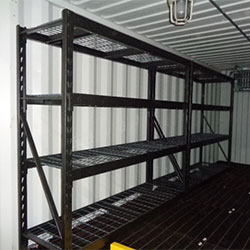
To ensure that ammonia doesn’t compromise the health and safety of employees, or act as a detriment to the environment, invest in fire-rated storage protection. These chemical storage lockers can easily placed in any part of the manufacturing facility. We do however recommend these chemical storage buildings are kept 30 feet away from any equipment or potential accelerants.
Ammonia Storage for Cleaning
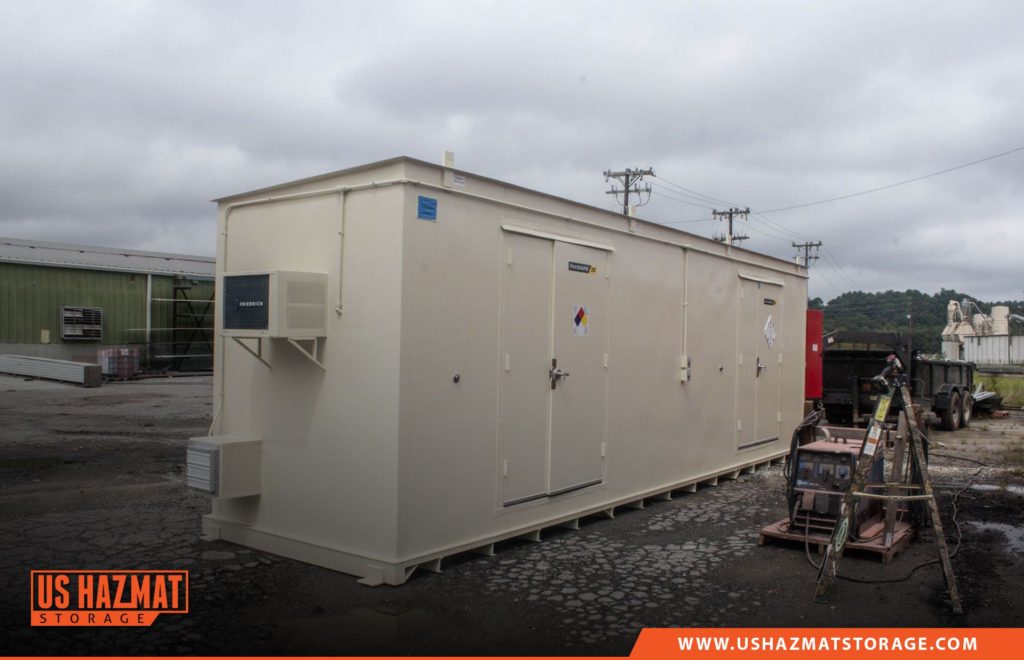
If you have any household cleaners in your home, you’ve likely come in contact with ammonium hydroxide. As a powerful cleaner and degreaser, ammonium hydroxide is used to clean stovetops, counters, sinks and toilets. Many manufacturers also use this chemical in industrial applications, necessitating the need for large fire-rated chemical storage locker for ammonia storage. Optional fire-suppression system can quickly douse flames in the event of a fire.
Anhydrous Ammonia as a Refrigerant

Anhydrous Ammonia, which contains almost no water, is commonly used as a refrigerant. With increasing emphasis on green technologies and seeking subtle substitutes for hydrocarbons, we expect ammonia to be a key player in powering commercial chillers. When used in large industrial settings, ammonia works to capture and move heat to different stages of the cooling process.
OSHA Anhydrous Ammonia Storage Guidelines
- Each container of anhydrous ammonia should be correctly labeled and stored with compatible materials.
- When using tanks, use compliant storage tanks that are built to withstand internal pressures of 250 pounds psi.
- Store in well ventilated areas. U.S. Hazmat Storage provides both passive and mechanical ventilation options to ensure that ammonia vapors aren’t allowed to accumulate to dangerous levels.
- Do not store with incompatible materials.
- Permanent storage containers shall be located at least 50 feet from a dug well or other sources of potable water supply.
Source: OSHA.gov.

